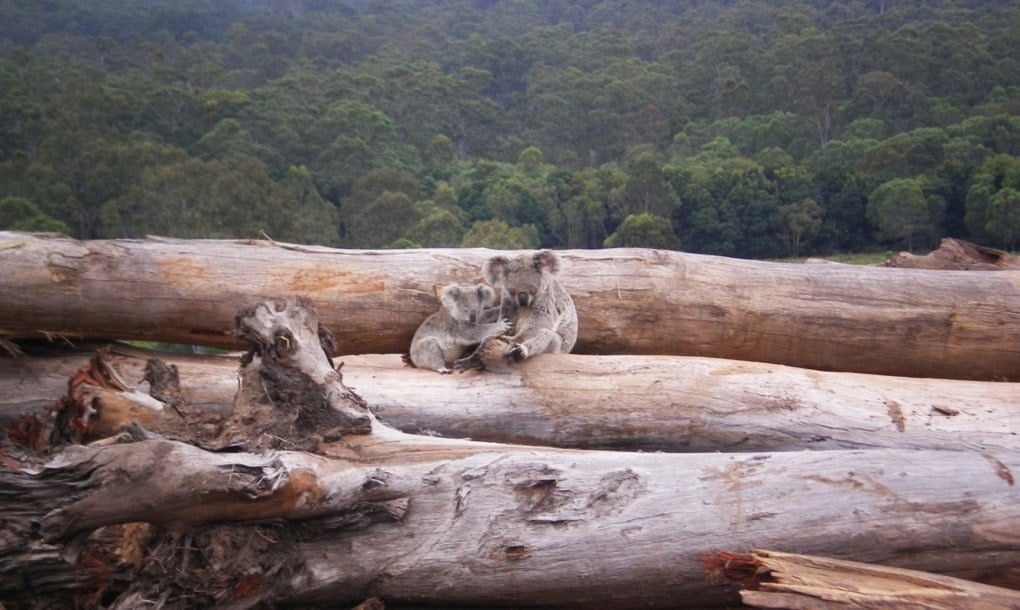
While ministers have signed off on 'Australia's Strategy for Nature 2018-2030', the Wilderness Society's National Nature Campaign Manager, Suzanne Milthorpe, reveals that this is yet another missed the opportunity to tackle how we protect of the iconic and important species that call Australia home.
Last Friday, as some of NSW’s largest remaining koala populations in NSW faced a growing threat from bushfires, our State and Federal Environment Ministers were meeting in Adelaide to discuss the future for our environment.
Ahead of the meeting, The Wilderness Society called on the Ministers to use the opportunity to nail down a national plan to address Australia’s spiralling extinction crisis.
Although they signed off on 'Australia’s Strategy for Nature 2018-2030', they yet again missed the opportunity for us to tackle the core problem: how we as a nation take care of the iconic and important species that call Australia home.
Why are we so bad at protecting our natural wealth?
As a nation, Australia punches above its weight when it comes to biodiversity loss. We may be responsible for as much as 50% of the world’s extinction of mammals in the last 200 years, and we’re deforesting our native forests at the same rate as the Congo and the Amazon.
These are not new problems for our country. We know the solutions. So one might ask: why aren't we making progress to protect nature?
The Australian Government puts out a State of the Environment Report every five years. The last was in 2016, and it named the lack of an “overarching national policy that establishes a clear vision for the protection and sustainable management of Australia’s environment” as challenge number one to Australia’s environment.
In particular, the State of the Environment 2016 singled out the lack of specific programs, a confusing set of largely ineffective and poorly enforced national environment laws and “poor collaboration and coordination of policies, decisions and management arrangements” across governments and with the private sector.
This lack of coordination and the lack of concrete actions taken can be found across all aspects of how we manage our environment. Indeed, last Friday’s Meeting of Environment Ministers was only the ninth such meeting since the coalition government axed the COAG-level Standing Council on Environment and Water. Over the last six years, the future of our environment has instead been addressed at lower-level ad hoc meetings. In a time of drought, spiralling extinction rates, crises on the Murray-Darling and on the Reef, this lack of priority given to working together seems extraordinary.
But as it has to be negotiated and agreed by both the Commonwealth and all the States and Territories, 'Australia’s Strategy for Nature 2018-2030' could have been a key part of the solution - the overarching national policy - that we really need.
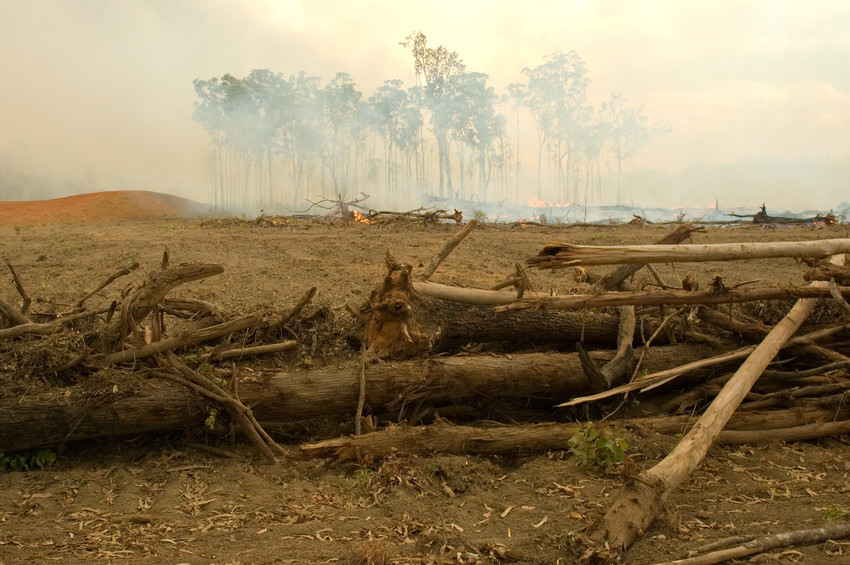
What is 'Australia’s Strategy for Nature 2018-2030'?
The Strategy is meant to coordinate government priorities, spending and actions to protect our native species and natural places. It is how Australia aims to meet its international obligation of having “an effective, participatory and updated national biodiversity strategy and action plan”.
A draft version of Australia’s Strategy for Nature, released in January last year, lacked concrete targets. It was woefully inadequate to meet the Australian Government’s international and domestic obligations to protect our natural wealth, and the Government seemed to be taking the time to revise and improve it.
We hoped for the development of a clear plan with practical actions to recover our species and strategies to address the declining funding that is pushing iconic species like the Leadbeater’s possum and the numbat to the brink.
What we got, however, was some good top-level goals backed by few measurable actions or plans for how Australia can practically address the ongoing decline in pretty much every aspect of our natural wealth.
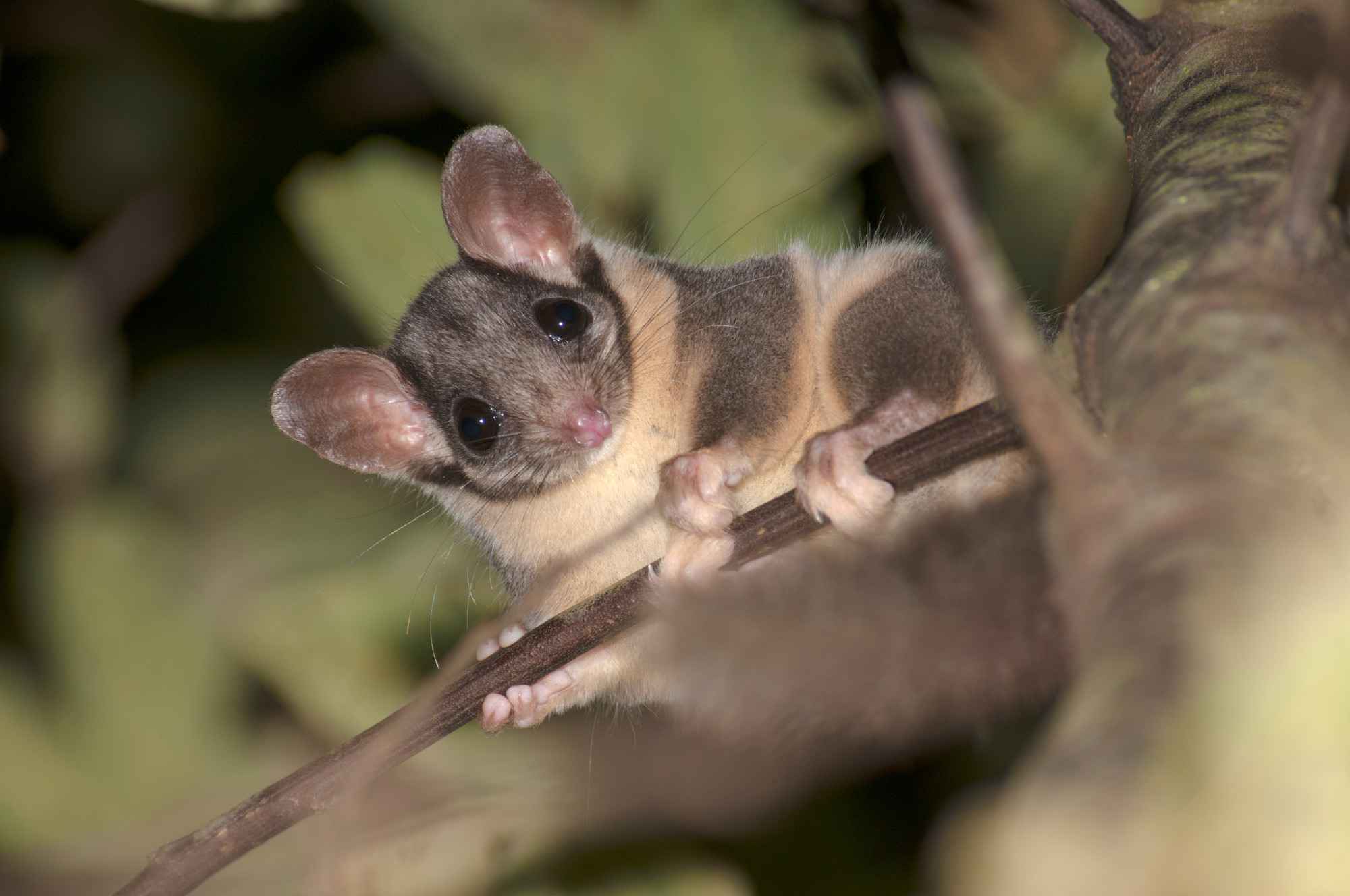
A missed opportunity to get it right
The Strategy doesn’t set out how we’ll achieve its goals, beyond setting up a Nature Hub where governments and businesses can self report their actions and “demonstrate how the good work being done across Australia contributes to the Strategy’s goals and objectives”. This is a prime example of the remarkable sense of passivity that permeates the Strategy, which lacks any proactive or concrete plans to take on the drivers of extinction.
Australia has hard challenges to tackle and they require not only leadership and decisive action, but also measurable outcomes by which we can evaluate success. Progress measures in the current plan like “7F: Retention, protection and/or restoration of native vegetation in urban, peri-urban and agricultural contexts” look good until you realise that there is no detail on how the Australian Government will deal with the regulatory and economic drivers of Australia’s deforestation crisis.
For that matter, there’s little indication if the Australian Government will even begin enforcing its own law - the Environment Protection and Biodiversity Conservation (EPBC) Act - when it comes to deforestation, something it has largely refused to do over the last six years.
Enforcement is a key issue in a system where a state leader like Campbell Newman can flip a switch and shoot Australia back into the top 10 in the global deforestation league tables over a matter of months.
What’s worse, 'Australia’s Strategy for Nature 2018-2030' does nothing to address the failure of successive governments to work together to tackle the big threats facing our wildlife and natural places. The Strategy doesn’t even mention the EPBC, let alone try to deal with its ongoing failure. This is a major problem, considering a recent Senate Inquiry into Australia’s Faunal Extinction Crisis called our national environment law “incapable of addressing" our current extinction threat.
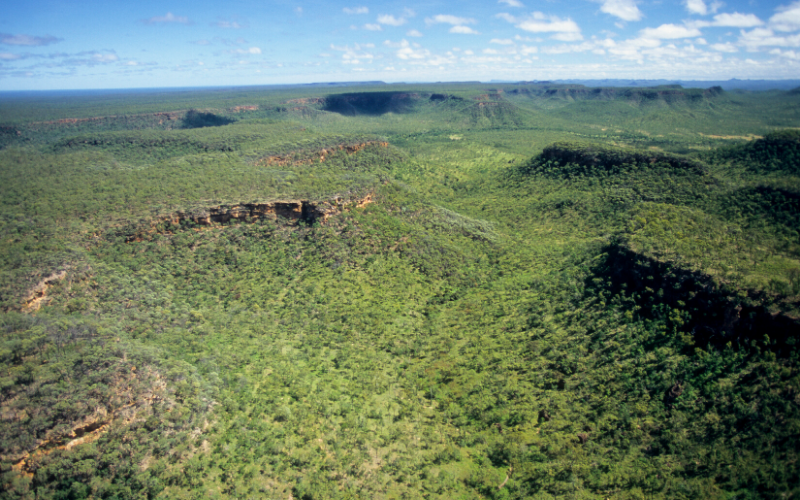
We must do better
Australia’s nature is not just globally significant, it sits at the core of our national identity. We put our animals on our money, give their names to our sporting teams and slap their likeness on the tails of our aircraft. And the ABC’s recent Australia Talks survey found that Australians rank “appreciation of our natural environment” as the second most important trait that makes Australians… well, Australian.
I can’t help but think that 'Australia’s Strategy for Nature 2018-2030' is a huge missed opportunity for our nation’s environment ministers to really get together and come up with an effective national plan to safeguard this natural wealth.
Environment Minister Sussan Ley has just kicked off a statutory, decadal review of the EPBC. The Review will look at if Australia’s national environment law is able to meet its core objects of protecting the environment and conserving our unique and irreplaceable biodiversity.
Tackling government failure to cooperate, to fund and implement the actions needed to stop extinction and to ensure we have strong, well-enforced laws that can really protect our species and natural places must sit at the heart of the Review.
I can only hope that the Australian Government don’t miss this next opportunity. Because for many species like the koala, by the time the next opportunity comes around it may simply be too late.
You can power the movement
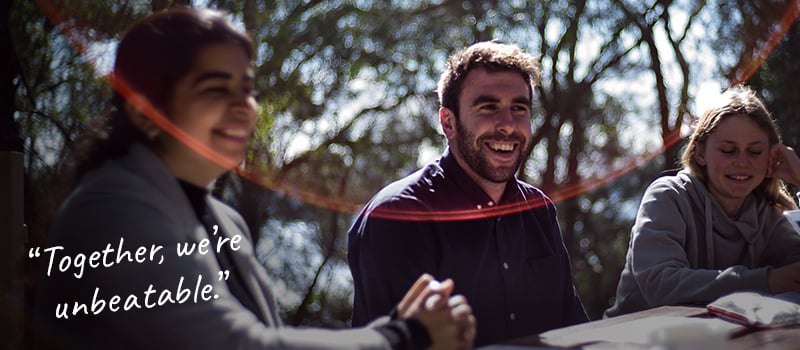
The Movement For Life program has already trained over 1,000 local leaders to advocate for nature, but thousands more are needed to shift opinions nationwide. We need your support to achieve this.